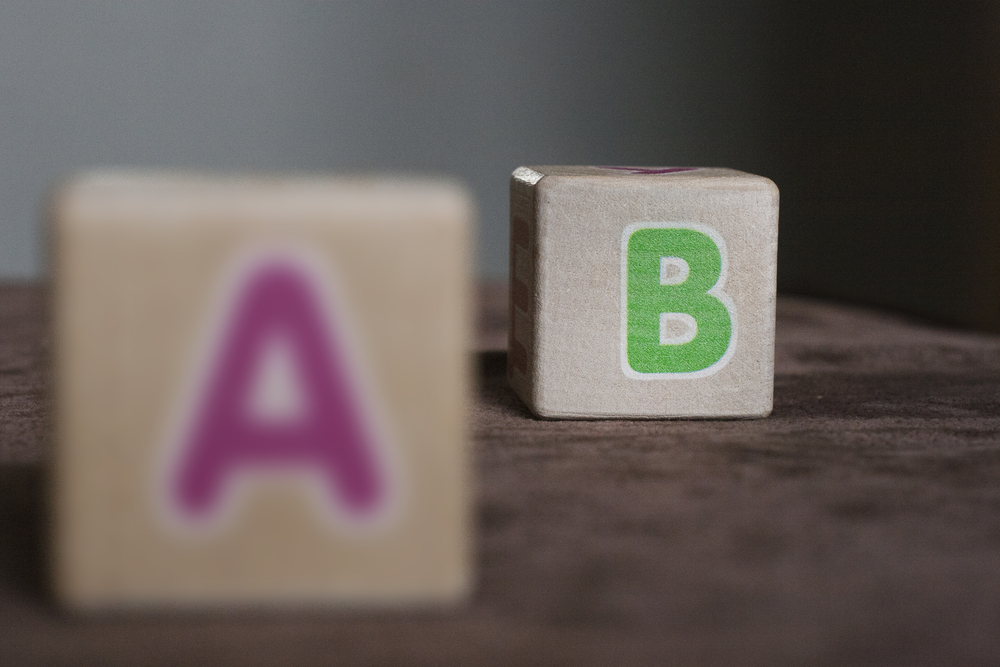
Children who have difficulty in reading might continue to struggle in later grades if their struggle isn’t identified. Unfortunately, some children might have literacy struggles that aren’t bad enough to get the help they need. Some children also could fly under the radar and simply go unnoticed.
Less than 40 percent of students graduating high school either read proficiently or above; this means that more than 60 percent aren’t proficient readers by the time they graduate. What is the cause of poor reading skills? Unfortunately, the answer isn’t simple.
A number of medical conditions could cause reading struggles, including:
- A learning disorder (like dyslexia)
- Hearing loss
These are all conditions that require a medical diagnosis and evaluation. If parents suspect that their child needs additional evaluations, they should reach out to their child’s pediatrician. In addition, a diagnosis of Attention Deficit Hyperactivity Disorder (ADHD) might cause children to struggle with concentration (and have difficulty with reading or comprehending what they read).
Children who struggle with reading, though, typically have difficulty in one or more areas of literacy. Reading requires decoding, hearing the similarities of sounds and blends, and comprehending what the text means. A child could also struggle with reading if they are not proficient in the language they are reading (e.g. English is a second language).

Identifying the Struggle
To help a child become a more confident and fluent reader, parents need to understand their child’s reading struggles. Many teachers provide parents with updates related to their child’s progress in reading (and math, too).
These reports can help parents understand their child’s reading level, their reading growth over time and how their child ranks among their peers. Reports will typically include a percentile rank; for example, 50th percentile means that the child reads better than half of the other students their age.
Reports also will provide a reading level based on grade and month as well as a Lexile. Typically, parents will see their child’s reading level denoted as a solid number followed by a decimal. For example, a reading level of 5.3 denotes fifth grade third month. If the child was in their first month of sixth grade, this level might be indicative of reading below grade level.
However, parents also need to understand that when children are tested, this is a one-time snapshot of their ability. Some days a child might rush through their test. They could be sick.
Parents want to look at trends. Is the child consistently scoring below expectations? Also, parents of children who do get easily distracted could try to get accommodations for their child to test in a quiet room.
If parents discover that their child is reading below expectations, it’s time to reach out to the teacher. Ask what the teacher is observing in the classroom. Does the child struggle with sounds? Do they have difficulty with letters or comprehension?
Pinpointing the struggle can be the starting point to try and find the best solution to help kids read.

When Letters and Decoding are a Struggle
For children who are struggling with letter identification, sounds and/or decoding, parents will need to find enrichment tools and resources to ease their frustration and their struggles. Free apps are available via Google Play and the App Store that help children learn letters and sounds in a game format.
However, these apps could be designed with younger children in mind. Parents of older children who continue to struggle with decoding and letters could download a few free apps to explore them and to find out if they are a good fit for their child.
To work with children on letter identification, parents could start from the beginning. Use index cards to make a match game of letters (uppercase and lowercase). Then take turns flipping over cards to make matches; encourage children to say the letter and the sound when they flip the card. Parents also could make a card that has an object that denotes the sound; children would then match the letter to an object.

When Comprehension is a Struggle
Reading comprehension refers to understanding the meaning of the text or story. In earlier grades, children might only need to be able to answer the basic w/h questions (who, what, where, when, why and how) and retell the story using these prompts. In later grades, comprehension will involve ‘reading between the lines’ to make predictions and inference.
Teaching comprehension might be a bit more challenging for parents. There are helpful apps available via both Google Play and the App Store that can help children practice their inferencing skills. Parents can search apps by using keywords like “reading comprehension” and “inferencing.”
Visual tools or cues also can help children think about the story as they read. Create reading comprehension bookmarks that include prompts; these bookmarks can feature the w/h questions or more detailed questions. Parents can find examples of reading comprehension bookmarks online.
These bookmarks also can be used to help children chunk text as they read. Chunking refers to reading a block of text at a time. This helps children digest a small portion of the story instead of becoming overwhelmed by a lot of information. Use bookmarks to cover up text and to aid in the chunking technique.
Children who struggle with comprehension also could find that graphic organizers help them think about the story and understand it better. Graphic organizers are worksheets that focus on specific literary concepts like theme, characters, summarizing, etc. Parents can find examples of graphic organizers online or teachers might be able to provide them.
A Reading App Can Provide Help for a Variety of Struggles
Some parents might need a lesson-based approach to help their child gain reading fluency and hit grade-level benchmarks. However, a private tutor might not be in the budget. A reading app like Readability also can provide guided reading assistance for children in preschool through fifth grade.
Readability includes a built-in AI tutor that features voice-recognition software. Children read stories and books aloud in Readability, and, as the child reads, the tutor learns their voice. This means that if a child stumbles or struggles with a word, the tutor will identify the struggle and provide help.
At the end of each story, the tutor also asks children questions about the book they read. These questions help the program understand the child’s comprehension. If a child answers a question incorrectly, the tutor will show them the section from the story that provides a hint about the answer; the tutor also reads this aloud. Then the child will have another chance to answer the question.
By providing children with a look back at the story, the program helps reinforce the importance of re-reading. Children learn that it’s ok to re-read parts of a story that they don’t understand; in fact, re-reading is a great tool for any reader to boost understanding. Many adults re-read to boost their comprehension.
Books in Readability also include a vocabulary list to help children broaden their word knowledge. Children also can tap any word in a story to listen to the definition or hear it used in a sentence. These newly discovered words are filed into a child’s comprehensive vocabulary list; they can access this list anytime for review.
Parents might be unsure if a reading app like Readability could help their child. The best way to explore a reading program is to try it out. For this reason, Readability offers a free seven-day trial that provides access to all the program’s features including the AI tutor. Try Readability today and sign up for a free trial.

 Español
Español